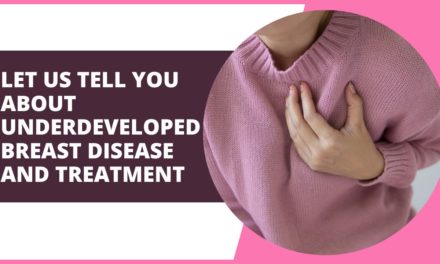Introduction
Hysteria, historically referred to as a medical condition affecting women, has a complex and intriguing past. It was once believed to be a solely female ailment characterized by emotional and physical symptoms. However, in modern medicine, the term “hysteria” is no longer used as a diagnosis. Instead, the medical community recognizes various conditions that may have been inaccurately labeled as hysteria in the past. In this article, we aim to shed light on the historical context of hysteria, its true nature, and the available treatments for the conditions it encompassed.
Historical Background of Hysteria
Throughout history, hysteria was erroneously associated with the female reproductive system. It was believed to be caused by a “wandering uterus” and was thought to be a consequence of emotional disturbances in women. This archaic concept resulted in the unnecessary stigmatization of women’s mental and emotional health.
Understanding the True Nature
In modern medical practice, hysteria is no longer considered a valid medical diagnosis. Instead, various conditions may have been misattributed to hysteria in the past, such as anxiety disorders, somatic symptom disorders, conversion disorders, and even sexual dysfunction. It is essential to approach these conditions with a sensitive and informed perspective, focusing on evidence-based medicine and compassionate care.
Recognizing the Diverse Symptoms
The symptoms associated with the conditions that were once labeled as hysteria can vary widely. These may include:
- Unexplained physical symptoms, such as pain or sensory disturbances
- Difficulty in performing voluntary movements (conversion disorder)
- Excessive anxiety and worry
- Difficulty in coping with stress
- Sexual problems or dysfunctions
Seeking Professional Help
If someone experiences symptoms related to anxiety, unexplained physical discomfort, or sexual difficulties, it is crucial to seek help from a qualified healthcare provider. Open communication and honest discussion with a healthcare professional are vital in determining an accurate diagnosis and developing an appropriate treatment plan.
Modern Treatment Approaches
The treatment for conditions previously labeled as hysteria depends on the specific diagnosis and the individual’s needs:
- Psychotherapy: Psychotherapy, such as cognitive-behavioral therapy (CBT) or psychodynamic therapy, can help address emotional issues and promote healthy coping mechanisms.
- Medication: In cases where anxiety or depression is present, medication may be prescribed to alleviate symptoms.
- Physical Therapy: For certain somatic symptom disorders or conversion disorders, physical therapy may be beneficial in improving physical function.
- Sex Therapy: If sexual dysfunction is a concern, sex therapy can provide a safe space to address intimacy issues and improve sexual well-being.
Empowerment Through Education
Promoting mental health awareness, educating the public, and destigmatizing mental and emotional challenges are vital steps in empowering individuals to seek help without judgment. Encouraging open discussions about mental health can help break the historical misconceptions surrounding hysteria.
Conclusion
Hysteria, once erroneously linked to women’s reproductive health, no longer exists as a valid medical diagnosis. However, the conditions previously associated with hysteria continue to be a part of modern medicine. By fostering a compassionate and informed approach, we can create an environment that encourages individuals to seek help, regardless of their mental or emotional challenges. Let us prioritize mental health education, promote understanding, and provide evidence-based care to empower individuals on their path to healing and well-being.










